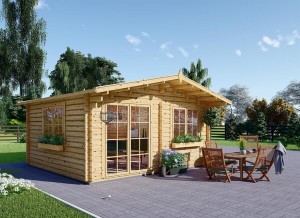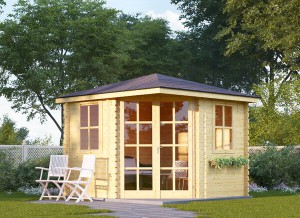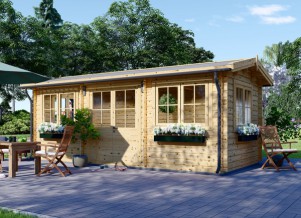Lavender plants are not only beautiful, they also boast of an exciting fragrant that makes them ideal for anyone looking to create a calming atmosphere. These plants do well in warm and dry conditions, but they have a hard time surviving in some climates. However, with some tweaks here and there, coupled with the extra care that they need, you can quickly grow these plants in your wooden shed. Thus, if you wish to know how to grow lavender and how you can use it, read on for more details:
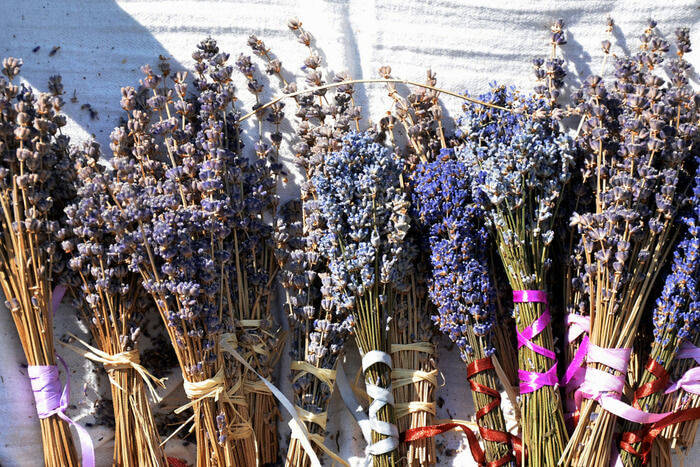
Uses
Many people think of lavender as a powerhouse botanical. Not only does it exude rare beauty it also has numerous uses, ranging from food to body to home. Here is how you can use it:
For the body
This herb has impressive anti-inflammatory and anti-fungal properties that make it ideal for use in body products. Its smell is not only delightful, but it also plays a significant part in calming the nerves. Studies show that the scent also has soothing effects when ingested. You can use this herb to heal burns, and it has demonstrated a significant impact on salves. When taken as a tea, it helps with sleeplessness and anxiety. You can also use it for facial steaming which also helps in calming the nerves.
Do you have dry skin? You can count on this herb to soften the skin, thanks to its essential oil which also comes in handy during massages.
For the home
You can count on lavender to protect your clothes from moths, and you could also use it as a diffuser to help you sleep well at night. It also works great in making the house smell great and is ideal for flavoring dishes.
For Food
You can use lavender in a marinade, and you can also infuse it into foods such as cakes and cookies which will take in not only the color but also the delightful flavors in play.

These are some of the many ways in which you can use this valuable herb. Do you want to grow it? Here’s how to go about it:
Growing Lavender
Planting this herb is not easy if you do not live in a warm and dry region. However, you can use your wooden shed to create the ideal conditions for its growth. It all comes down to choosing a variety that can thrive in your locality and following up with proper care practices. These are the steps you need to follow:
Variety Selection
The type of herb you choose should be able to do well in your climate and the amount of space that you have available. There are at least forty-five different types of this herb, and in these varieties, there are sub-types. Thus, it helps to know what works for your area as this will help you scale down your search. You should note that these herbs can withstand dry and hot conditions, but they have a problem thriving in cold areas.
Suppose you live in a region where the winters tend to be harsh; you can grow this herb. However, you would be required to treat them as annuals and would thus need to replace them each year. Also, other than the climate, you need to consider the use of the herb. Different species serve different purposes. Thus, think about why you need the plant, e.g., for crafts, for landscaping, etc. and make your choice accordingly. It is advisable to have an expert from your local nursery weigh in on this decision if you are in doubt or need further clarification.
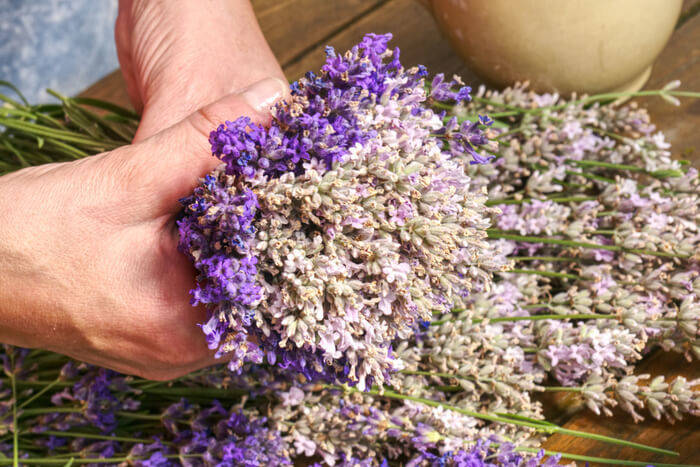
Pot Selection
Note that these herbs have the potential to reach the size of a small shrub. Thus, you need to get a pot that can accommodate their growth. Any container that is at least twelve inches deep will do. Also, avoid containers that come with attached saucers as the latter tend to affect drainage negatively. You need a container that allows water to flow with ease as lavender roots are prone to rotting when exposed to water for extended periods. You can make additional holes in the pot to allow water to drain at a fast rate as one hole may prove ineffective.
Preparation
Start by filling the bottom with gravel or packing peanuts to a height of at least one inch. Ensure that your material of choice is even at the bottom and check to see if it is coming out of the drain holes. Next, add some of the potting mix into the pot to about a third the height of your container. The aim is to leave a space that is enough for the plant to fit without being too deep in the container. The soil that you choose should be well-draining and alkaline, and you can get this from a nursery in your area. Where the dirt has clogs, break it up with your hands as you even it out in the pot. A tablespoon of lime will go a long way in increasing the alkalinity of the soil so you can consider this too in your preparation.
Planting
Start by squeezing the container in which the herb is in as this will loosen the soil. Next, tilt the container to one side and pull on the base of the plant as you gently ease it out. Ensure that you are gentle with the plant to avoid breaking the dirt or disturbing its roots. Transfer the herb to the newly prepared pot, ensuring that its base is three inches below the top of the pot. Start breaking apart the dirtball with your fingers as this will help the roots in expanding by avoiding root binding.
Add the rest of the potting mix up to the top of the plant’s roots. Do not compact the soil as this will interfere with drainage.
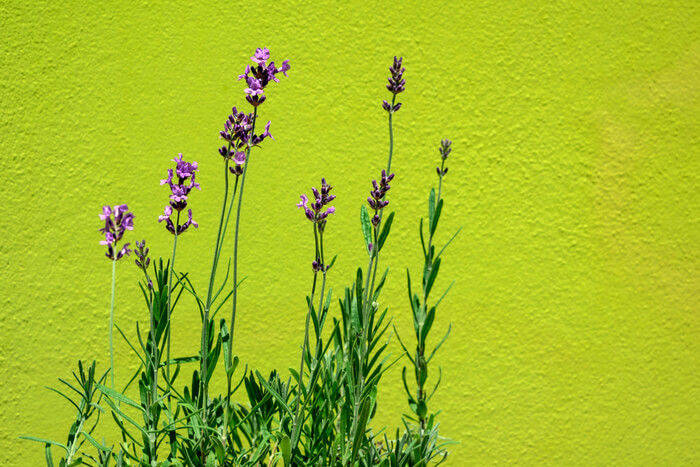
Aftercare
Add half a cup of timed-release fertilizer to the soil as this will help in stimulating the growth of the herb. However, check that your potting mix does not have any manure in it before taking this step. Next, mulch your plant with landscaping pebbles or other suitable material to a two-inch level as this will prevent rotting of the roots and stems. It also allows for efficient drainage and the circulation of air.
Watering should take place infrequently and when you do, ensure that you drench the plants in water. The roots should not have much contact with water; else they will rot. Place the pot near a south-facing window to allow the plant access to at least five hours of direct sunlight per day.
Pruning should take place at least a month before winter comes to extend the life of the plants. During the cold months, shield the plants from the harsh conditions by placing them in a warm space in the shed.
With these practices in place, you can enjoy your lavenders for up to a decade!


